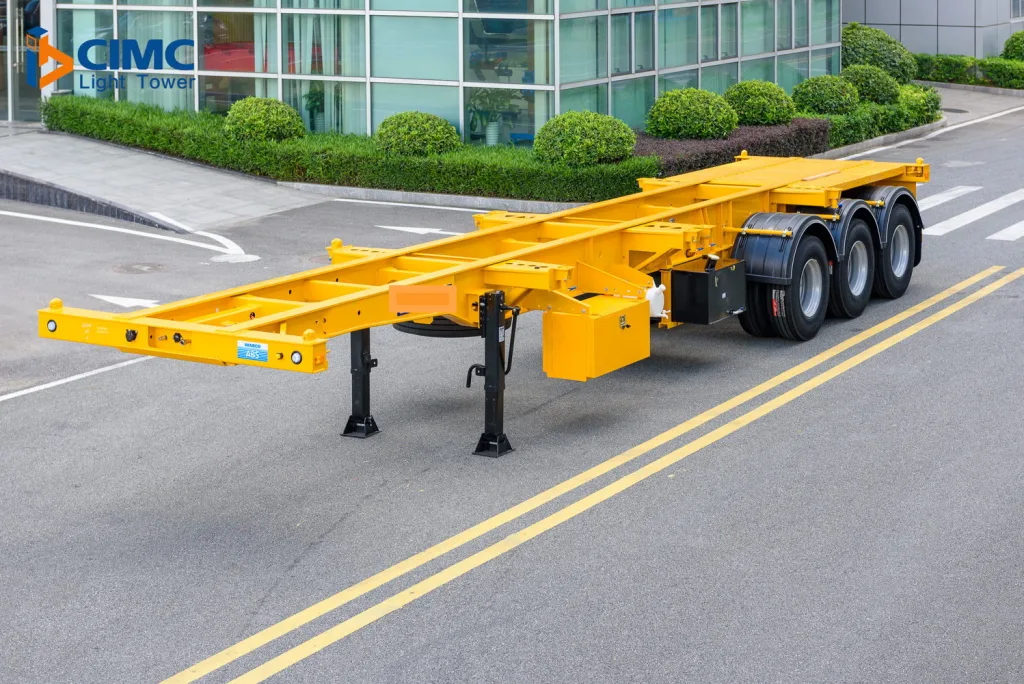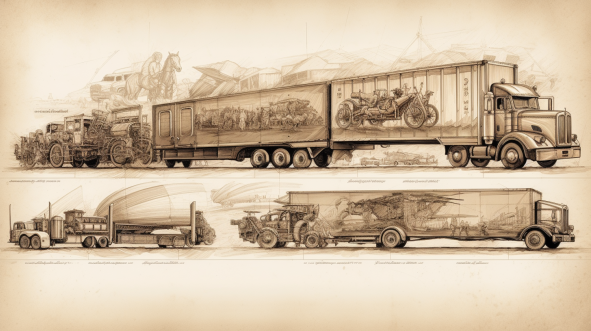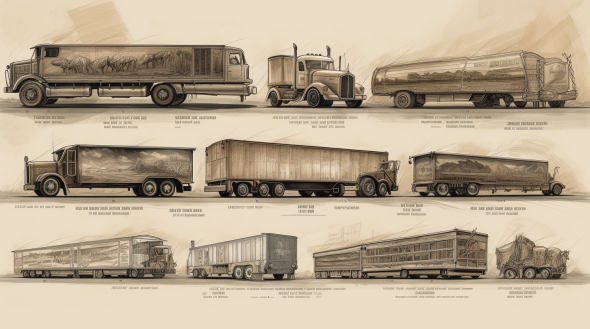The roadways of history have witnessed remarkable transformations in transportation technology, and one iconic player in this evolution is the semi-trailer. Born out of necessity and continuously refined by innovation, the semi-trailer has not only revolutionized the logistics industry but has also played a significant role in shaping the modern world's interconnectedness. Join us as we embark on a journey through time, tracing the fascinating changes and developments in semi-trailer technology from its inception to the present day.
The Inception: Early Beginnings
The idea of separating cargo from the hauling vehicle dates back to the early 20th century. In 1914, Fruehauf Trailer Company, under the leadership of Charles Fruehauf, introduced the concept of a semi-trailer. Inspired by the need to transport a boat, Fruehauf designed a detachable trailer that could be towed by a vehicle. This innovation marked a pivotal moment in the transportation industry, as it paved the way for increased cargo capacity and efficiency.
1930s - 1950s: Structural Innovations
The Great Depression and World War II posed challenges, but they also fostered innovation in semi-trailer technology. During this period, engineers and designers worked to enhance the stability, loading capacity, and maneuverability of semi-trailers. Features like tandem axles, hydraulic brakes, and improved suspension systems were introduced, making trailers safer and more versatile.
1960s - 1980s: The Rise of Specialization
Advancements in manufacturing and materials technology during this era allowed for increased customization and specialization of semi-trailers. Reefers (refrigerated trailers), flatbeds, tankers, and other specialized trailer types emerged, catering to the unique needs of various industries. This period also saw the introduction of computer-aided design (CAD) technology, which revolutionized the trailer design process and led to more efficient and aerodynamic designs.
1990s - 2000s: Technological Integration
The late 20th century brought about a new wave of technological integration in semi-trailers. Telematics systems, GPS tracking, and electronic braking systems (EBS) became standard features, enhancing safety and efficiency. Additionally, aerodynamic improvements, such as wind-deflecting fairings and streamlined designs, aimed to reduce fuel consumption and environmental impact.
Present Day: Smart and Sustainable Trailers
In the 21st century, semi-trailer technology has entered the era of smart and sustainable transportation. The Internet of Things (IoT) has enabled real-time monitoring of cargo conditions, trailer performance, and driver behavior. Autonomous and semi-autonomous driving technologies are also being tested, with the potential to reshape the trucking industry in the coming years.
Sustainability has become a driving force, leading to innovations like electric and hydrogen fuel cell-powered trailers, as well as lightweight materials that improve fuel efficiency. The focus on reducing carbon emissions and minimizing environmental impact has sparked a new wave of research and development in trailer design.

Conclusion
The evolution of semi-trailer technology is a testament to human ingenuity and the relentless pursuit of efficiency, safety, and sustainability. From its humble beginnings as a solution to transport a boat to the intricate and intelligent trailers of today, the semi-trailer has come a long way. As we stand on the cusp of an era defined by automation and environmental consciousness, it's awe-inspiring to think about the potential future advancements that will further shape this essential pillar of modern transportation.



